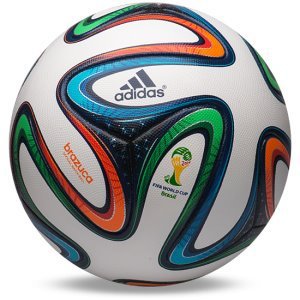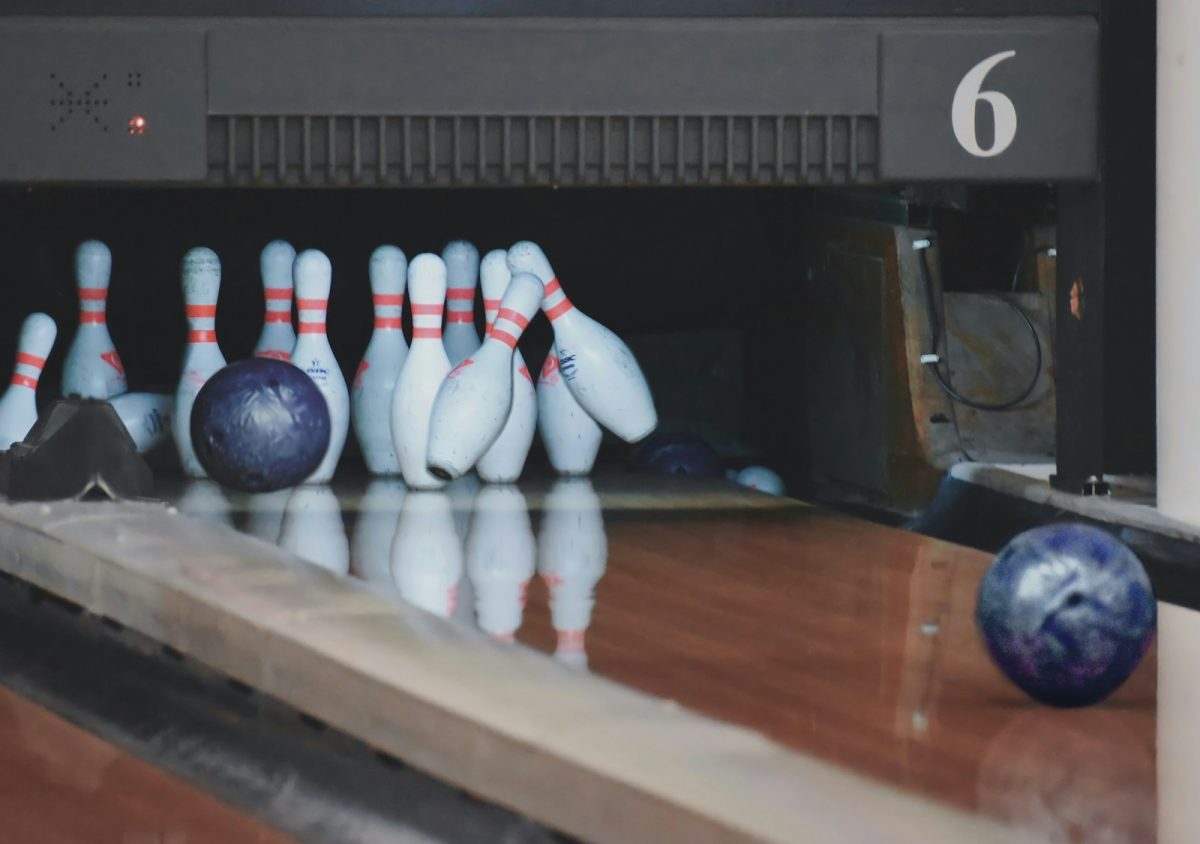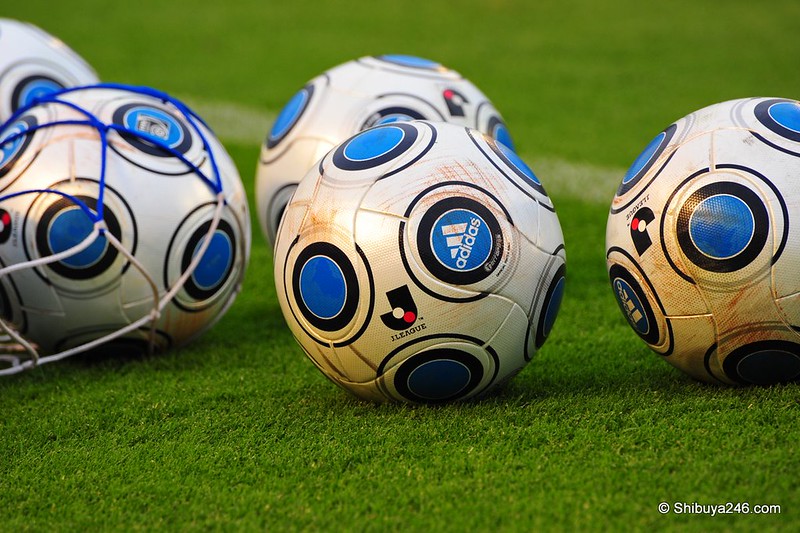
Introduction
The evolution of soccer balls used in the FIFA World Cup is a fascinating journey of innovation aimed at enhancing performance, consistency, and the player’s comfort.
Early innovations
In the early days of soccer, balls were made from leather and often had laces, which could affect their flight and handling due to the ball’s weight. The introduction of synthetic materials in the 1970s marked a massive shift in how soccer balls are made. These materials provided better water resistance and more consistent performance. The 1970 World Cup in Mexico was the introduction of the Telstar, the first ball to feature a 32-panel design, which became iconic and set a new standard for soccer balls.
Fails
In an attempt to make the flight of the ball smooth, this turned into a massive fail because of the erratic way the ball flew and massive uproar from players because they couldn’t predict where the ball was going.
Modern Material
The modern era of World Cup soccer balls began with the 2006 Teamgeist, which featured a revolutionary 14-panel design. This reduced the number of seams, creating a smoother surface and more predictable flight.
Al rihla ball
The Al Rihla features a 20-panel design, made with water-based inks and glues, emphasizing sustainability. The ball’s surface texture and panel shape are purposely engineered to optimize aerodynamics, ensuring stable and accurate flight. Also made with water-based inks, highlighting sustainability. The ball’s surface and panel shape are engineered to better aerodynamics, ensuring stable and accurate flight of the ball. One of the most groundbreaking features is the sensors in the ball that can detect all touches famously striker Cristiano Ronaldo thought he touched the ball but Adidas released their sensors that didn’t detect anything. The ball also can detect the speed of the ball and many other aspects to help understand more about the game.
Impact on the game
The technological advancements in World Cup soccer balls have had a massive impact on the game. Improved materials and designs have led to more consistent performance, reducing the variability that can affect the outcome of matches. The integration of sensor technology has brought a new level of precision to calls in the sport, helping in fair play and enhancing the viewing experience for fans.
Conclusion
In conclusion, the evolution of the World Cup ball represents the strive of greatness we are trying to achieve in Football from the leather ball to the Al Rihla ball they both represent innovation and growth for technology in football to strive to have a more perfect experience.
Related Stories
https://www.fifa.com/en/watch/weFbPIyOvE2WX4b-1hJzPw
https://manofmany.com/entertainment/sport/fifa-world-cup-ball
https://www.inverse.com/innovation/world-cup-ball-aerodynamics-sports-physicist
Take Action





